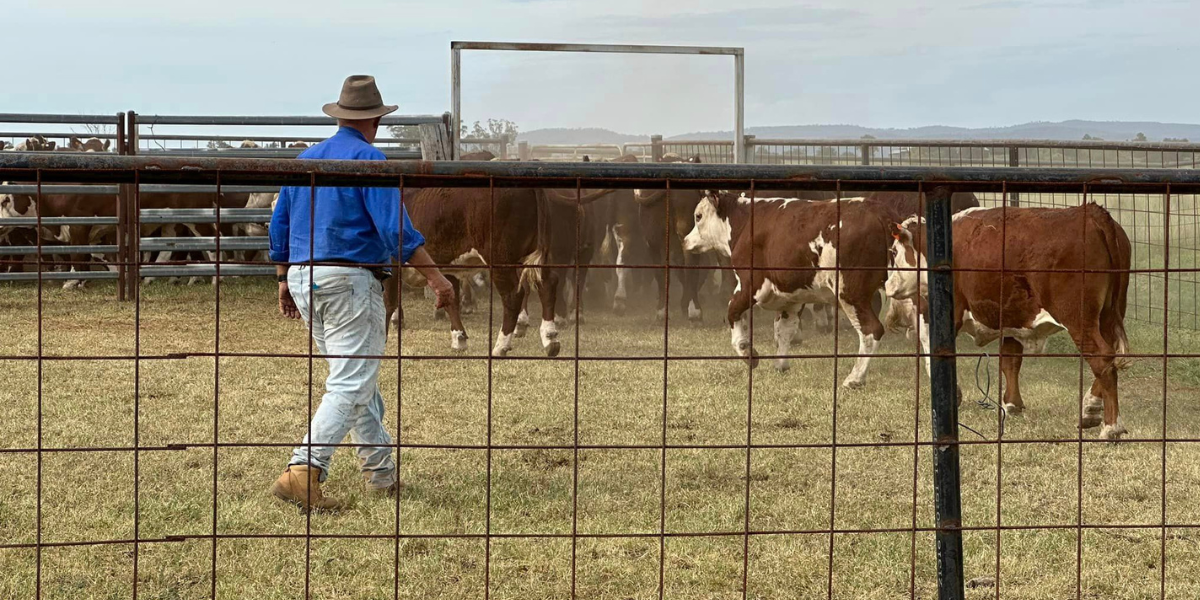In a move that will bring NSW legislation in line with Tasmania, Queensland and Western Australia, the NSW Government has announced that they will legalise virtual fencing for cattle in the state.
NSW Farmers have responded with a media release stating that farmers “welcome the NSW Government’s move.”
The technology, which has largely been pioneered by CSIRO and their commercial partner, Gallagher, is described as “an animal-friendly fencing system that enables livestock to be confined or moved without using fixed fences.”
Essentially, the CSIRO patented technology utilises GPS coordinate programmed neckbands, wireless networks and sensors to control livestock without the need for expensive, and often fallible fencing.
The Prevention of Cruelty to Animals Amendment (Virtual Stock Fencing) Bill 2024, was taken to a committee to weigh up the benefits and concerns surrounding the technology.
Despite the evident benefits for both farmers, and the environment from the removal of fencing, concerns were voiced by a number of animal welfare organisations, including the RSPCA.
Their chief concern is the lack of research surrounding long-term impacts on animal welfare, as well as the use of electric shock to cause animals to remain within the confines of their virtually fenced area.
In an attempt to mitigate these concerns, the NSW government has recommended that the Department of Primary Industries and Regional Development develop mandatory codes of practice that farmers utilising the technology must comply with.
They have also recommended the development of an education campaign, to both help farmers best use the new technology, as well as allowing a greater public understanding of how virtual fencing works.
NSW Farmers’ Animal Welfare Committee Chair Rob McIntosh said, ““Across Australia and even the world, farmers are already making the most of virtual fencing, and it’s about time we do the same here in NSW.”
“This technology can save lives by helping move livestock to safe areas in floods, fires or other natural disasters, without putting humans or animals at risk.”
“It can also help reduce fencing costs, control noxious weeds and help with a whole other host of things on-farm – there’s almost no boundaries to what this technology can do.”
He also agreed with the Government’s plan to introduce regulations, however insisted that this must be done quickly so that the technology could be rolled out as quickly as possible.
“These fences are a game changer for farmers, and we are excited about the opportunities they provide for livestock management in NSW,” Mr McIntosh said.
“Enabling us to use this technology with cattle is a real leap forward, and we hope that the technology can be developed and rolled out for use with other livestock in the future.”
“Tools like this will unlock productivity gains for our industry, so we can put more homegrown food on Aussie tables, more often.”
It is hoped that in the near future the virtual fencing technology will also be expanded for use on other livestock.
You can read the full report from the Committee on Investment, Industry and Regional Development’s findings on Virtual Stock Fencing on the NSW Parliament website.
Read all the way through to the end of the story? So did lots of other people. Advertise with New England Times to reach New England locals who are interested and engaged. Find out more here.

